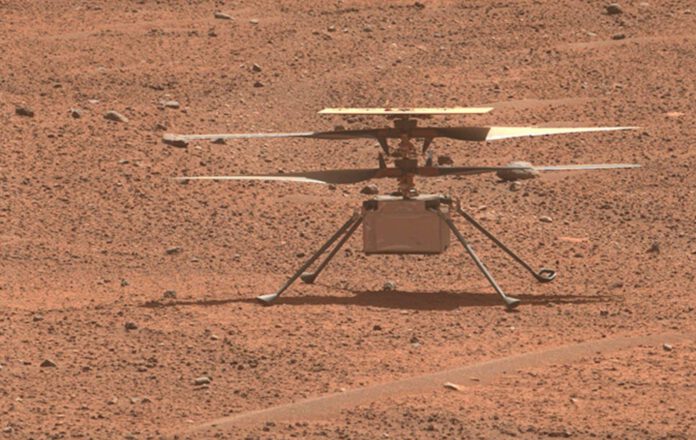
The Historic End Of A Martian Journey
A historic mission, which had actually lasted much longer than scientists had dared to hope, has finally come to an end. This mission proved, quite extensively, that helicopters can stay aloft in the far-off atmosphere of Mars.
Flying Helicopters on Mars
The question of whether helicopters could fly on Mars had long occupied the minds of American space agency scientists. Thus, three years ago, they decided to send a small helicopter to the Red Planet. The aim was to keep it operational for about 30 days and during that period – if all went well and if they could pull it off – allow it to make five brief flights. The results exceeded expectations; the Mars Helicopter, called Ingenuity, worked amazingly well, remained active for almost three years and made more than 70(!) flights!
Damages and Challenges
However, in a rather unexpected turn of events, the curtain has been drawn on Ingenuity. During its last flight – number 72, to be exact – things didn’t go according to plan. The helicopter initially rose to a height of 12 meters, hovered there for 4.5 seconds before commencing its descent as planned. However, at about 1 meter from the Martian surface, an issue arose; Ingenuity lost contact with the Mars rover Perseverance – an intermediary for communication between Ingenuity and Earth. Contact was restored a day later, but it was too late. Images of Ingenuity’s shadow, captured by the Mars Helicopter itself, showed that one of the rotor blades had been damaged during the slightly rough landing. The damage was severe enough that the craft was deemed unfit for flight. “Ingenuity’s historic journey, the first aircraft on another planet, has come to an end,” said NASA-chief Bill Nelson. “The remarkable helicopter flew higher and farther than we ever dared hope.”
Success Above All
The helicopter’s inability to fly again is not seen as a direct loss. The mission, which ultimately lasted much longer than expected, and wherein the helicopter flew far higher and further than hoped, has been a resounding success. Its intended purpose – to ascertain whether it is possible to fly on Mars – more than achieved.
A Mission Full of Milestones
Looking back, it was a beautiful mission in which the capabilities of the helicopter were continually tested and pushed. It faced and overcame many challenges including dust storms, surviving a freezing Martian winter, and operating with a damaged sensor. Indeed, the helicopter endured it all until the fateful final flight, almost three years after landing on the Red Planet.
Ingenuity Paves The Way For More
Ingenuity’s success is seen as a precursor to much more. Expectations are high for the future, with plans to send more (and larger) helicopters to Mars. They can be used to explore the Martian surface, move small payloads or study areas that are inaccessible or difficult to reach with Mars rovers.











